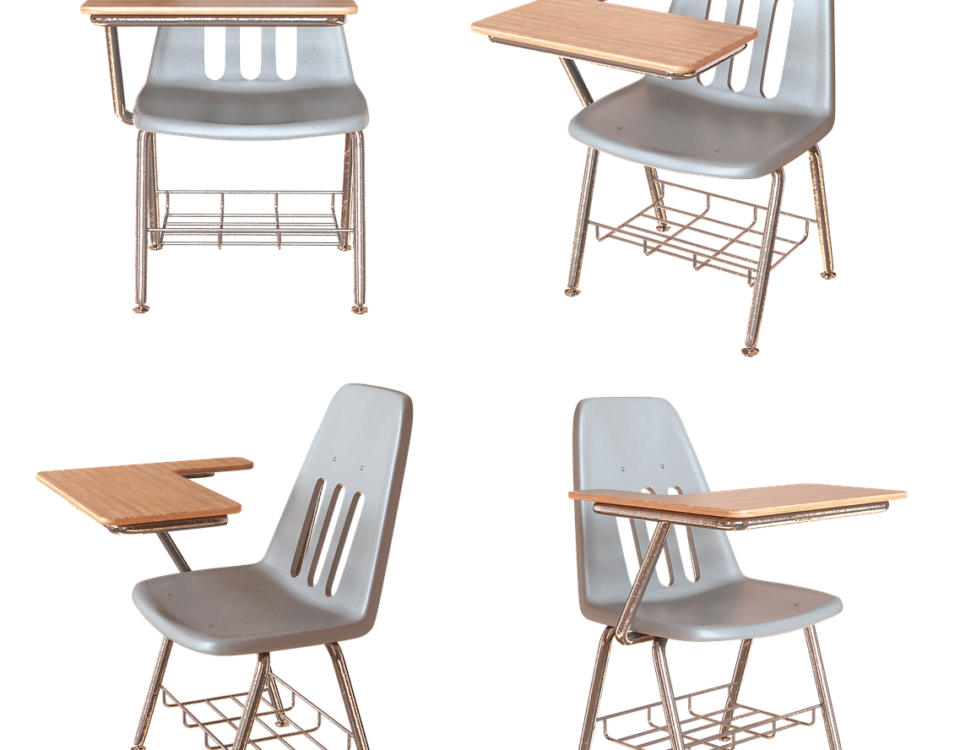Rapid Tooling Technology Based on Rapid Prototyping

Future Directions in Rapid Prototyping Technology part.2
February 11, 2025
Classification of Rapid Tooling Molds
February 11, 2025Rapid Prototyping (RP) has emerged as a revolutionary technology in product development, offering significant benefits in the creation of prototypes and models. However, due to the material limitations imposed by RP methods, it cannot fully replace traditional products in all stages of production. Specifically, for tasks like functional verification of new products, market testing, and small-batch production, products made from actual materials are still essential. This challenge has led to the development of Rapid Tooling (RT) Technology, which leverages rapid prototypes as master molds for creating tools and producing end-use products made from real materials.
What is Rapid Tooling (RT) Technology?
Rapid Tooling (RT) involves using Rapid Prototyping methods to create molds, which are then used to produce parts or products from traditional materials. Unlike standard RP, which often uses materials that are unsuitable for production parts, RT employs a more practical approach by creating molds that can handle the pressures and material characteristics required for mass production.
RT’s significant advantage is its economic efficiency. Compared to traditional CNC (Computer Numerical Control) machining methods for mold creation, RT reduces both the cycle time and cost by approximately 10% to 30%. This substantial reduction in time and cost makes RT a highly attractive option for industries that need rapid feedback on new product designs or need to produce smaller batches efficiently.
The Economic Benefits of RT Technology
One of the standout features of RT technology is its cost-effectiveness. For industries looking to reduce production costs and time-to-market, RT presents a considerable advantage. By using RP models to create molds, manufacturers can skip much of the traditional tooling setup process, which can be time-consuming and expensive.
RT also offers the benefit of reducing the number of prototypes needed for product testing. This is especially useful for industries with complex or innovative product designs that require quick iterations based on real-world user feedback. Traditional tooling can be an expensive process, and RT’s ability to provide quicker, more affordable solutions can significantly reduce the overall cost of product development.
Recent Growth and Popularity of RT Technology
In recent years, the industrial sector has increasingly focused on the research and development of RT. This growing interest has been reflected in the substantial investments of both human resources and funding, leading to remarkable improvements in RT’s performance and capabilities. As reported by the Society of Manufacturing Engineers (SME), the revenue from RT services has been growing at a rate faster than that of RP system sales. This indicates a promising future for RT, with continued expansion and adoption across various industries.
The Future of Rapid Tooling
As more industries adopt RT for small-scale production and prototyping, the potential for this technology to revolutionize manufacturing grows. Its ability to lower costs and production time without compromising quality is a driving factor in its success. Moreover, RT technology aligns perfectly with the increasing demand for customized, low-volume production runs, especially in industries like automotive, aerospace, and medical devices, where product designs often need rapid iteration and testing.
The continued development of new materials for RT will further expand its application, allowing it to produce a broader range of parts and products with enhanced performance characteristics. The future of RT looks bright, with technological advancements paving the way for even more efficient and cost-effective manufacturing processes.
Conclusion
In summary, Rapid Tooling (RT) Technology based on Rapid Prototyping represents a significant leap forward in the way industries approach product development and small-batch production. Offering substantial economic benefits, faster cycle times, and lower costs compared to traditional methods, RT has gained increasing popularity and is expected to continue growing as technology improves. As industries seek ways to accelerate production and meet market demands, RT is emerging as a vital tool in modern manufacturing, paving the way for faster, more efficient product launches.


